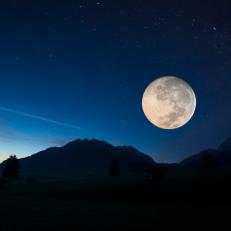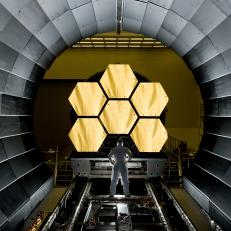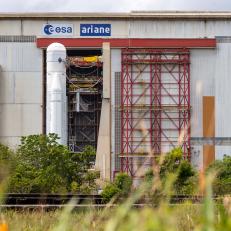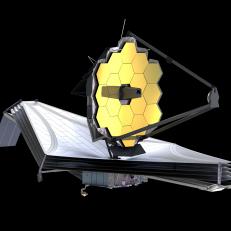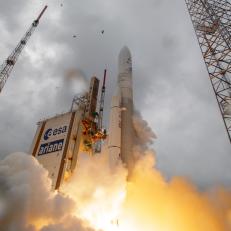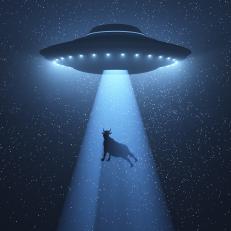The James Webb Space Telescope Searches for Our Cosmic Origins
NASA's first images from the world’s largest and most powerful space telescope are revealing new discoveries about how the universe began. The mission of the James Webb Space Telescope is to study 13.5 billion years of cosmic history - from our solar system to the most distant galaxies. See the latest images from Webb with captions by NASA.
Updated Sept 22, 2022
NASA’s James Webb Space Telescope is showing off its capabilities closer to home with its first image of Neptune. Not only has Webb captured the clearest view of this peculiar planet’s rings in more than 30 years, but its cameras are also revealing the ice giant in a whole new light. Neptune, located 30 times farther from the sun than Earth, orbits in one of the dimmest areas of our solar system. High noon on Neptune would appear as a dim twilight does to us. This planet, characterized as an ice giant due to a hydrogen and helium-rich interior, has fascinated and perplexed researchers since its discovery via mathematics, not eyesight, in 1846. Most striking about Webb’s new image is the crisp view of the planet’s dynamic rings—some of which haven’t been seen at all, let alone with this clarity since the Voyager 2 flyby in 1989. Visible in the outermost ring, Adam’s ring, in this Webb image are clumps of dust called ring arcs. These thicker bands of dust have been observed to split and evolve, and astronomers will use Webb to investigate why and how that process occurs.
New Webb Images Capture Rare View of Neptune’s Rings
Photobombing Webb’s portrait of Neptune is a bright point of light sporting the signature diffraction spikes in many of Webb’s images—not a star, but Neptune’s most unusual moon, Triton. Covered in a frozen sheen of condensed nitrogen, Triton reflects an average 70 percent of the sunlight that hits it. Webb also captured 6 more of Neptune’s 14 known moons as they follow a relatively close orbit around the planet.
Tarantula Nebula (NIRCam Image)
In this mosaic image stretching 340 light-years across, Webb’s Near-Infrared Camera (NIRCam) displays the Tarantula Nebula star-forming region in a new light, including tens of thousands of never-before-seen young stars that were previously shrouded in cosmic dust. The most active region appears to sparkle with massive young stars, appearing pale blue.
The Cartwheel Galaxy
This image from Webb’s Mid-Infrared Instrument (MIRI) shows a group of galaxies, including a large distorted ring-shaped galaxy known as the Cartwheel. The Cartwheel Galaxy, located 500 million light-years away in the Sculptor constellation, is composed of a bright inner ring and an active outer ring. While this outer ring has a lot of star formation, the dusty area in between reveals many stars and star clusters.











